What Are Fumé Dials In Watches? How They Define The Art Of Modern Horology
Explore the world of fumé and smoky dials in horology - from their origins and technique to their growing prominence in modern luxury watches. Discover how colour gradients, craftsmanship and innovation redefine depth and emotion in timepieces.
In the language of horology, a fumé dial — derived from the French word for “smoked” — refers to a gradient effect that transitions from a lighter hue at the centre to a darker shade at the edge. This creates an illusion of depth, drama and movement, often transforming a simple dial into an evocative work of art.
The technique first gained prominence in the mid-20th century, when watchmakers began experimenting with colour and finishing to create new visual dimensions in timepieces. The fumé dial’s signature appeal lies in its subtlety — it doesn’t shout for attention, yet it captivates the eye with its interplay of light and tone. Over time, this smoky aesthetic has evolved into a hallmark of refinement, symbolising both craftsmanship and creativity. It sits at the intersection of artistry and precision, marrying technical expertise with emotional resonance.
Origins and Evolution of Fumé Dials
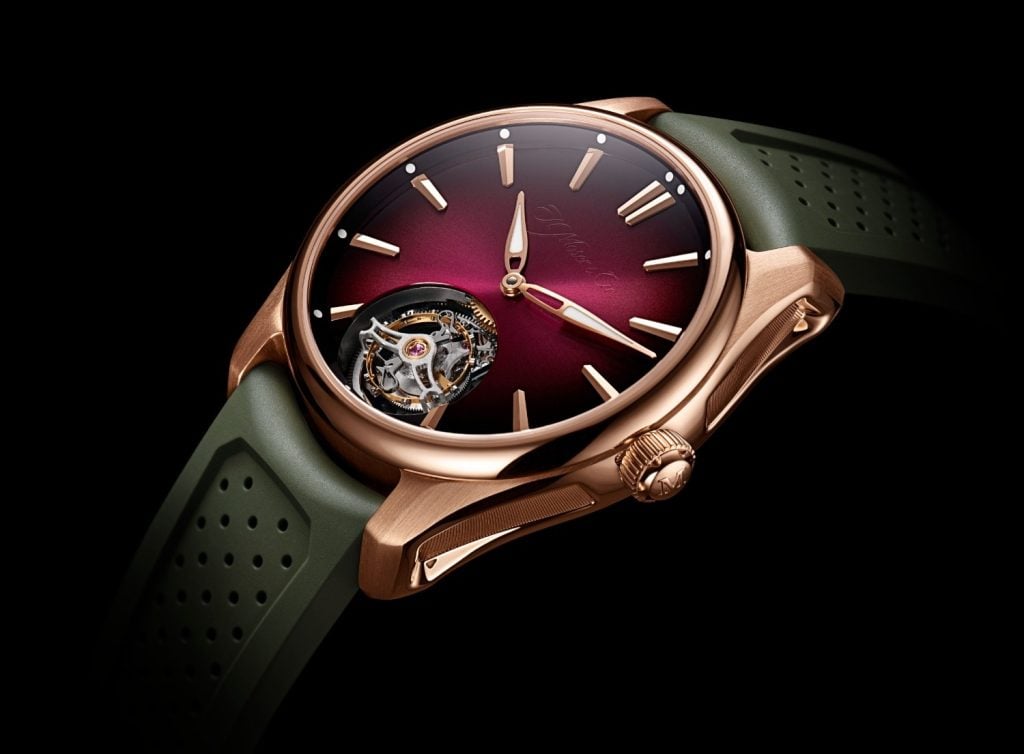
The history of fumé dials traces back to the 1960s and 1970s, a period when watchmaking design embraced experimentation and individuality. Among the earliest adopters was H. Moser & Cie, a brand that would later perfect and popularise the technique. The process involves layering translucent lacquer over a sunburst or brushed base, gradually darkening the edges through multiple coats of colour. The result is a dial that seems to glow from within, shifting in tone as it catches the light from different angles.
While initially seen as a stylistic flourish, the fumé dial soon became a symbol of the artisan’s hand — a canvas where subtle imperfections and variations added character. As watchmaking entered the quartz era, many of these handcrafted techniques waned, only to be revived decades later by independent brands seeking to reintroduce emotion into precision. Today, the fumé dial is once again at the forefront of design, its allure rooted in nostalgia yet perfectly attuned to modern tastes.
How Fumé Dials Are Created
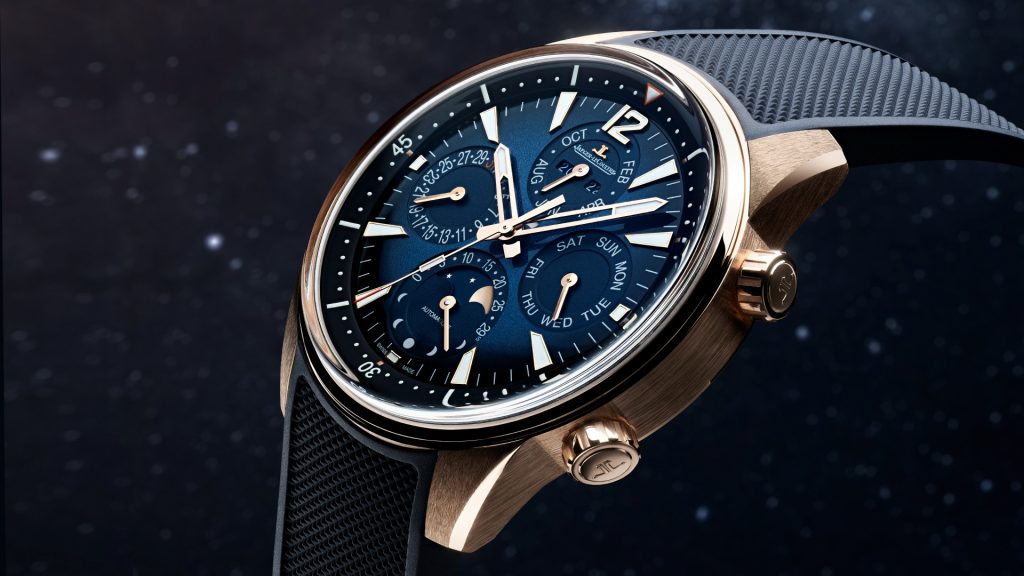
Crafting a fumé dial is an intricate, highly specialised process that requires both artistry and technical precision. It begins with a base plate, often made of brass or silver, which is meticulously finished with techniques such as sunburst brushing or guilloché engraving to establish texture and depth. Over this foundation, multiple layers of translucent lacquer are carefully applied — each one thinner than a strand of hair. The colour gradient is achieved by darkening the edges using either airbrushing or manual tinting, creating the smoky transition that defines the fumé effect.
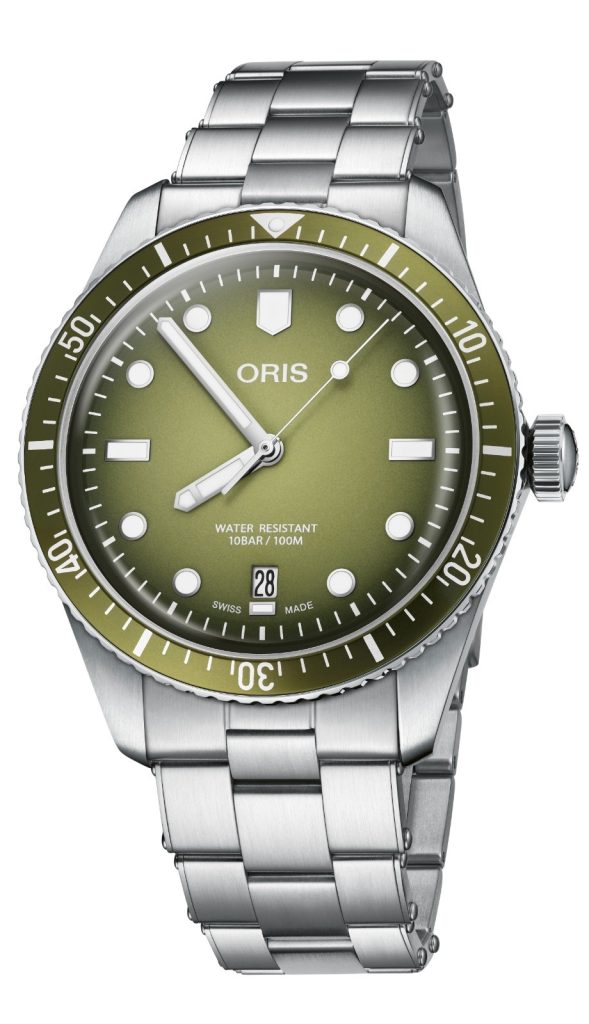
The dial is then baked or cured at precise temperatures to ensure the lacquer bonds evenly and the colour stabilises. This stage is crucial, as even minor inconsistencies in temperature or timing can alter the shade and finish. Finally, the surface is polished and sealed, giving it a mirror-like sheen that catches and diffuses light beautifully.
Each fumé dial is slightly different — its gradient, tone and reflection unique — making it a small masterpiece within every timepiece. The result is a dial that appears to glow from within, shifting in intensity depending on how light interacts with its layered surface. It is this blend of craftsmanship, control and unpredictability that makes fumé dials one of the most expressive art forms in modern watchmaking.
Prominent Watchmakers And Iconic Fumé Dials
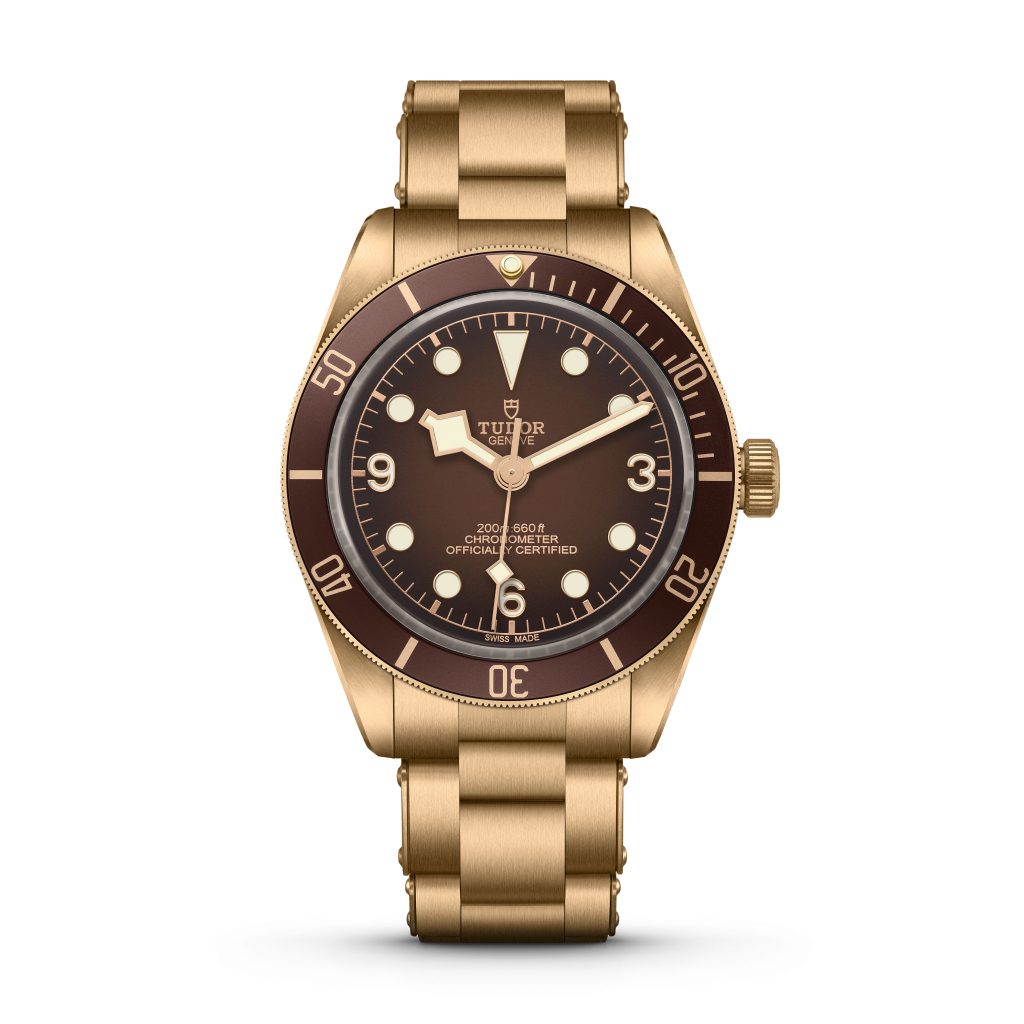
H. Moser & Cie remains the undisputed master of the fumé dial. Its Endeavour Centre Seconds and Venturer collections showcase dials that seem almost ethereal, transitioning through gradients that feel infinite. Moser’s approach celebrates restraint — the absence of logos or numerals allows the dial itself to take centre stage.
Glashütte Original has also played a significant role in reviving the smoky aesthetic. Its Sixties Iconic Collection features richly tinted dials — forest green, fiery orange, cobalt blue — each handcrafted in the brand’s historic Pforzheim dial factory. The dials’ lacquered finish gives them a distinctive retro yet sophisticated charm. Other notable interpretations include TAG Heuer’s Monaco, whose gradient blue dial evokes 1970s motorsport glamour, and Zenith’s Chronomaster Revival models, which reinterpret vintage smoky finishes with contemporary precision. Independent brands such as Laurent Ferrier and MB&F have further expanded the language of fumé dials, introducing metallic hues and layered textures that redefine how colour interacts with form and light.
Relevance and Legacy in Modern Horology
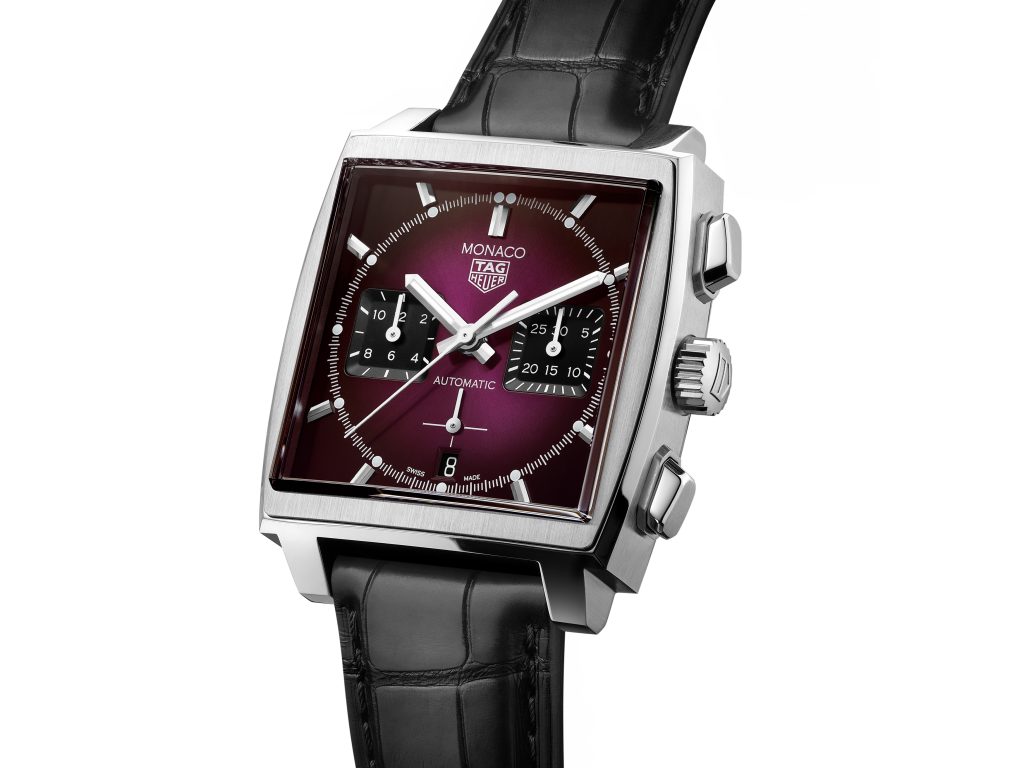
In an age of mechanical mastery and digital precision, fumé dials remind us that watchmaking remains an art of emotion as much as engineering. These smoky gradients speak of craftsmanship that cannot be replicated by machines — each variation, each subtle nuance, tells a story of human touch. Beyond aesthetics, fumé dials also play a practical role in enhancing legibility by creating natural contrast between the centre and the edges. Yet their greatest strength lies in their visual poetry: they capture the passage of time not just in motion, but in shifting light and tone.
The fumé dial has evolved from a decorative experiment into an emblem of individuality. It reflects a philosophy that time is never static — it moves, it breathes, it glows differently with each passing moment. In that quiet interplay between colour and light, between shadow and shine, lies the enduring charm of fumé watchmaking — a reminder that even in the precision of horology, beauty often begins with a whisper of smoke.